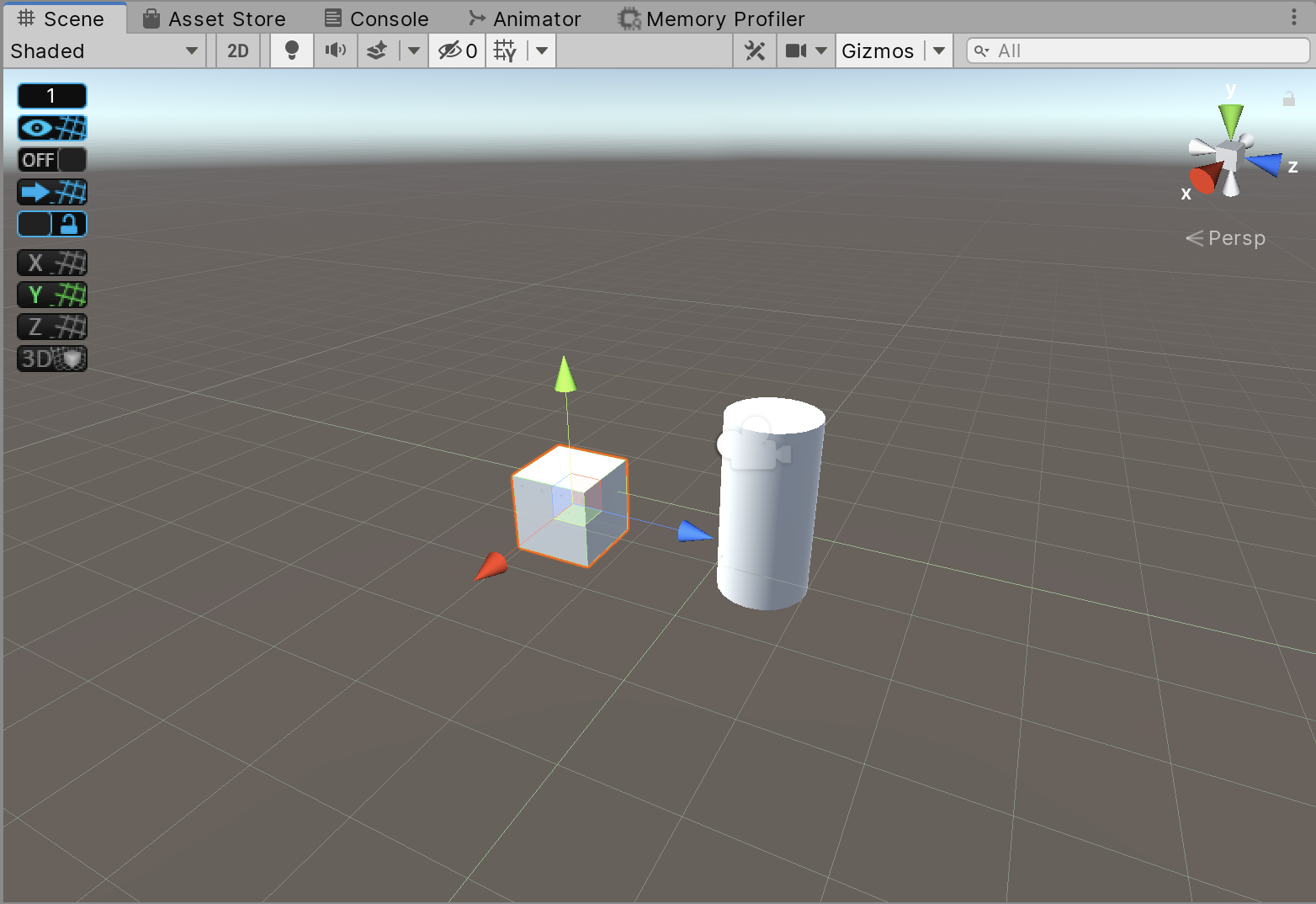

We can see that our new project directory contains a bunch of directories that Unity has created for us. Step 4 - Take a look inside your new project Nothing added to commit but untracked files present (use "git add" to track) ➜ unity-meta-file-test git:(master) ✗ git status

There are two important settings that your Unity project needs to have before you use it with git: Step 2 - Project settings for version control

It’s best to avoid spaces and special characters as Unity will create a directory from the project name.Select the path where your new project’s directory will be created.You download it, or alternatively a visual client, hereĪ free account is fine to get started with. We’ll be using the command line client in this tutorial. It is worth getting a recent version of Unity because they have better support for version control. You can download and install different versions of Unity using Unity Hub which is available here. To follow along with this guide you will need the following: In this how-to guide we show you how to set up a Unity project for version control using GitHub. Step 20 - Move quickly by avoiding mistakes.Step 15 - Cloning a clean copy from GitHub.Step 14 - Push your local changes to GitHub.Step 13 - Connect your local repository to GitHub.Step 12 - Setup SSH keys to access GitHub.Step 11 - Create a repository in GitHub.Commit hash, our commit’s unique identifier.Step 5 - What to commit? What to ignore?.Step 4 - Take a look inside your new project.Step 3 - Initialize the project for git.Step 2 - Project settings for version control.


 0 kommentar(er)
0 kommentar(er)
